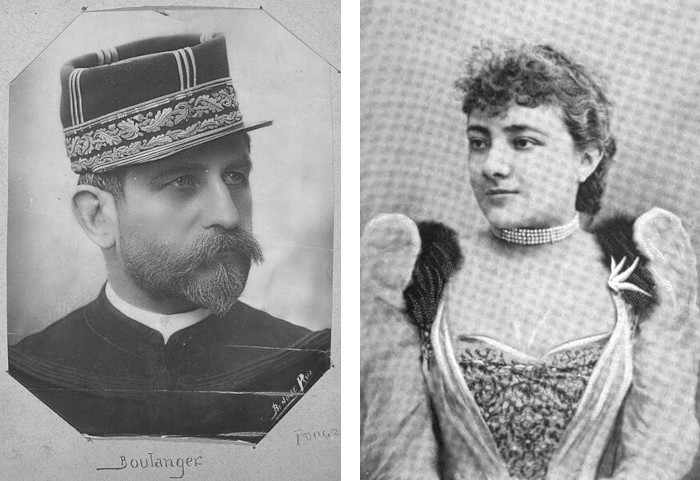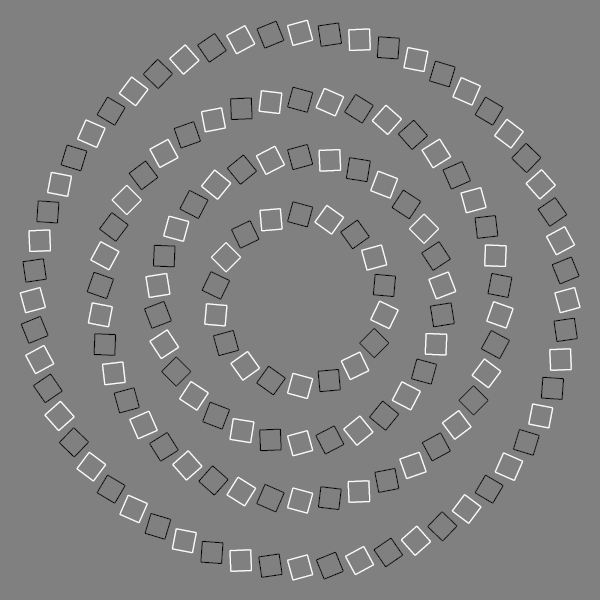In his 2007 history The Slave Ship, Marcus Rediker reports that sharks would sometimes follow slave ships entirely across the Atlantic, “that they might devour the bodies of the dead when thrown overboard,” in the words of veteran captain Hugh Crow. Observer Alexander Falconbridge wrote that sharks swarmed “in almost incredible numbers about the slave ships, devouring with great dispatch the dead bodies of the negroes.”
A notice published in Kingston, Jamaica, in 1785 reads, “The many Guineamen lately arrived here have introduced such a number of overgrown sharks, (The constant attendants on the vessels from the coasts) that bathing in the river is become extremely dangerous, even above town.”
In a natural history of sharks published in 1774, Oliver Goldsmith tells of a “rage for suicide” aboard one ship, whose captain made an example of one woman by lowering her into the water:
“When the poor creature was thus plunged in, and about half way down, she was heard to give a terrible shriek, which at first was ascribed to her fears of drowning; but soon after, the water appearing red all around her, she was drawn up, and it was found that a shark, which had followed the ship, had bit her off from the middle.”





